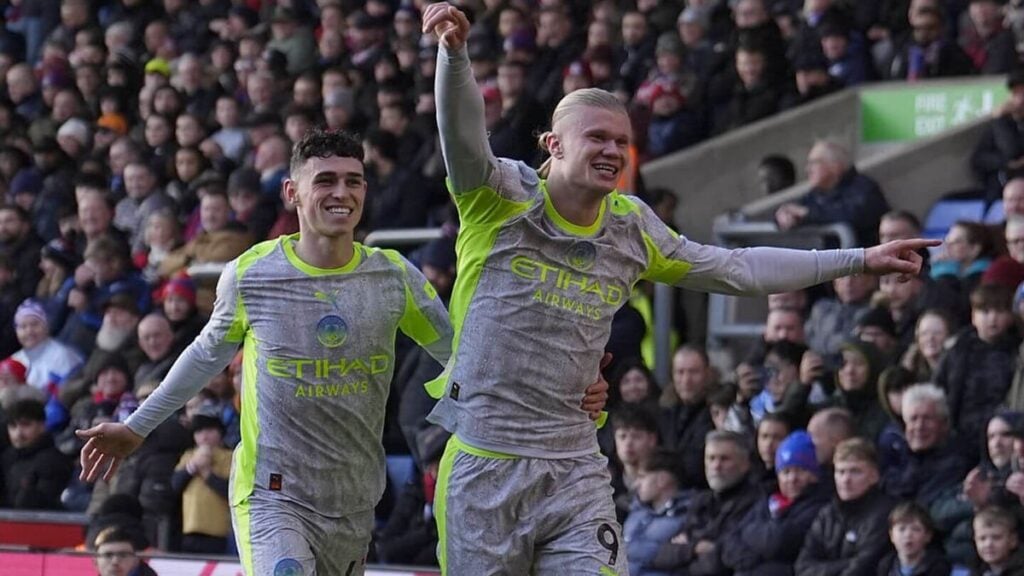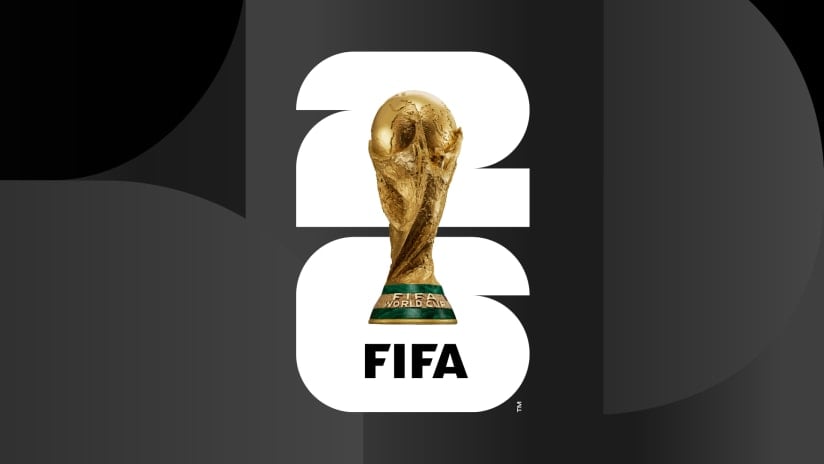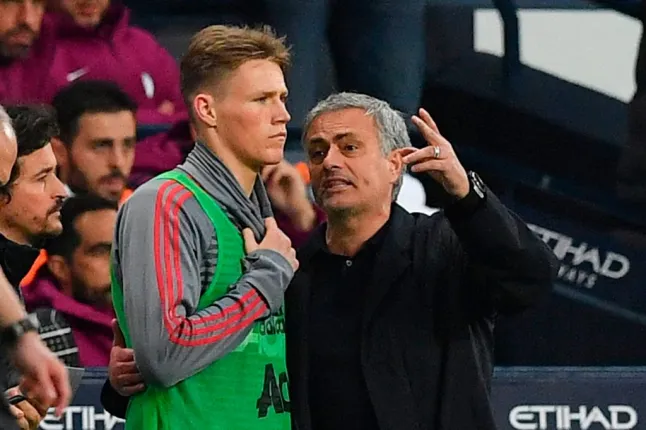
Cameron Norrie, the top British player, commenced his ATP Rio Open title defense by effortlessly defeating Hugo Dellien of Bolivia with scores of 6-3 and 6-2. The 28-year-old Norrie, who had faced a challenging match against Dellien in the quarter-finals last year, breezed through the contest this time, allowing only a single break point throughout the match, which lasted 81 minutes.
Tennis Roundup: Norrie Advances, Evans Wins, and Fritz Continues Streak
Norrie expressed satisfaction with his improved serve and patience in Brazil, preparing to face Tomas Barrios Vera for the first time. Meanwhile, Dan Evans secured a second-round spot at the Los Cabos Open in Mexico, defeating Roman Safiullin. Evans awaits his next opponent, either Kokkinakis or Draper. In Florida, Taylor Fritz extended his ATP finals winning streak to six by winning the Delray Beach Open against Tommy Paul. In doubles, Julian Cash and Robert Galloway earned their first ATP title, overcoming top-seeded Gonzalez and Skupski.
Schedule & Viewing: Andy Murray vs. Alexandre Muller at Qatar Open
Andy Murray is set to win his first win of 2024 in the Qatar Open’s opening round against French qualifier Alexandre Muller. Despite recent setbacks, Murray remains optimistic, having reached the final of last year’s event. The match will take place on February 20th, following the Alexander Shevchenko vs Richard Gasquet match. The winner will face the winner of the Jakub Mensik vs Alejandro Davidovich Fokina match on the same day.
The Decline of the Single-Handed Backhand in Tennis
Over a year since retiring, Roger Federer, renowned for his elegant one-handed backhand, ironically might be influencing its decline in tennis. For the first time since the ATP rankings began in 1973, the top 10 lacks any players using this technique, marking a shift towards power-driven baseline play over traditional all-court skills and net play. This change is partly due to advancements in racket technology and Federer’s notable difficulties against Rafael Nadal’s aggressive play. British coach Calvin Betton reflects on the era around 2003-2004 when Federer’s dominance was challenged by Nadal, leading to a negative perception of the one-handed backhand.
Federer’s Late Backhand Improvement and Tennis’s Evolution
In the latter part of his career, Federer improved his backhand, slightly shifting his rivalry with Nadal, but ended with a 16-24 record against him. Despite these efforts, the enduring memory remains Federer’s struggles, especially on the clay courts of Roland Garros, against Nadal’s dominance from 2005 to 2016. This era also marked a significant shift in tennis technology, with polyester strings replacing natural gut, leading to a game that favored power and spin over finesse. Jannik Sinner, the recent Australian Open winner, epitomizes this modern, power-driven style, showcasing a potent double-handed backhand but lacking in delicate touch.
The Decline of the One-Handed Backhand in Tennis
The diminishing presence of the one-handed backhand in tennis paints a bleak picture. Jannik Sinner’s dynamic playstyle is captivating, yet fans crave diversity, not sameness. Watching matches could become monotonous, akin to experiencing a sports version of “Attack Of The Clones” at Wimbledon’s Centre Court.
Unless a new champion with a one-handed backhand emerges to follow in Federer’s footsteps, this trend is unlikely to reverse. This shift is partly due to the focus on early success in tennis careers.
Young talents are often scouted by agencies and federations at a tender age, making the physical demands of a one-handed backhand challenging for them. This was the case for Pete Sampras, who adopted the technique at 14. Coaches face a dilemma: invest in an increasingly rare skill with the hope it pays off as players mature.
The elegant execution of a one-handed backhand, like Richard Gasquet’s, known as “Le Petit Mozart,” remains a captivating aspect of tennis, showcasing the sport’s inherent beauty despite its waning popularity.
One-Handed Backhands: Spectacular Yet Declining in Tennis
ATP Tour victories have seen one-handed backhands like Stan Wawrinka and Dominic Thiem defeat Novak Djokovic, but Djokovic remains the greatest in the sport. This has led to the belief that the one-handed backhand is waning. Experts acknowledge that one-handed backhands can offer spin and power, but they are increasingly rare in the high-paced modern game. While there is hope for a resurgence at the Challenger level, only a few players show promise, suggesting the one-handed backhand faces an uphill battle in contemporary tennis.




